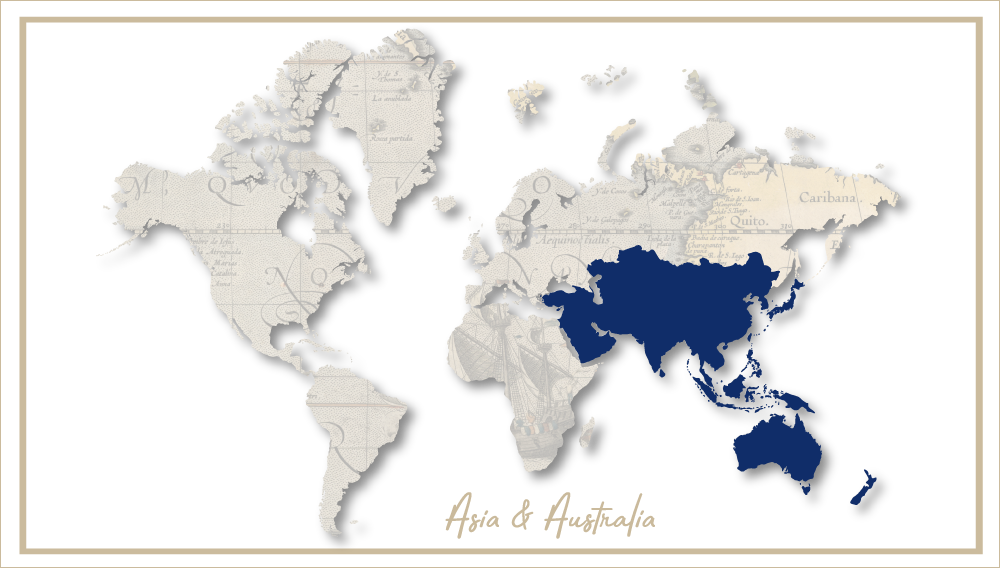Tariff on US wine rises by 15 percent
It’s tit-for-tat. After president Trump introduced tariffs on USD 60 billion worth of Chinese goods, the Chinese Ministry of Commerce retaliated and hiked tariffs on 128 US products, including an additional 15 percent tariff on wine as was reported on 2 April 2018.
In March, President Trump announced a 15 percent tariff on Chinese steel and aluminium. His government is also preparing a list of Chinese products that could be targeted with additional tariffs after a US inquiry found China guilty of intellectual property theft and unfair trade. This has prompted China to respond with import levy hikes of its own, including US wine, fruit, pork and more.
To date, American wineries do very little business in China. The US only exported about USD 80 million worth of wine to mainland China in 2017, the equivalent of over 14 million litres, which makes the US the fifth- or sixth-ranked importer. It is estimated that approximately 200 California wineries are exporting to China, most of them large- to medium-size.
Their exports represent just two percent of the Chinese wine market, dwarfed by imports from other countries such as France, Australia and Chile. French wines have long enjoyed an elite image with Chinese consumers. And Australia and Chile have negotiated free-trade agreements with China, which have put them at an advantage.
Current Chinese customs duties for US wines are 14 percent. The proposed tariffs could increase that to 29 percent. Wines from Australia will be exempted from customs duties as of 2019. In 2017, Australian wine exports to mainland China jumped 53 percent, up to USD 741 million.
Big Australian wine companies such as Treasury Wine Estates, the former Foster’s wine unit, which has wineries in both Australia and the US, seem to be less concerned about the threat, because they can focus on selling Australian wines in China and their American wines in other markets.


